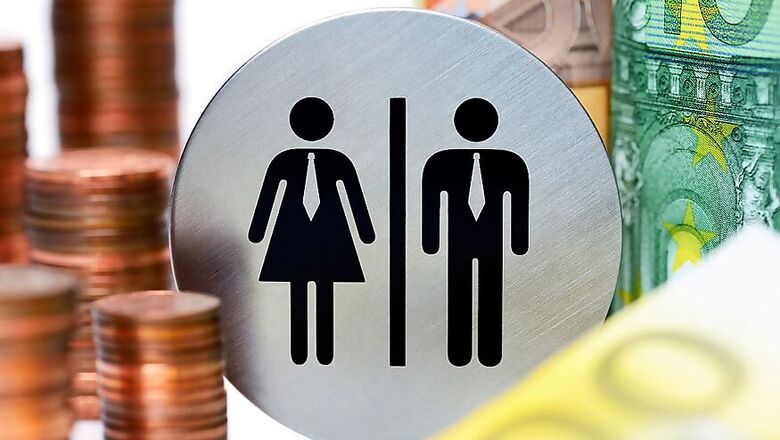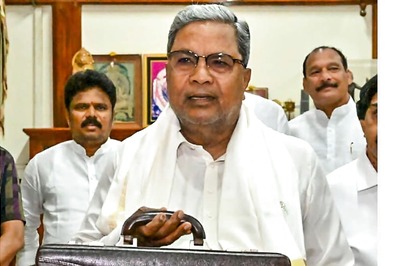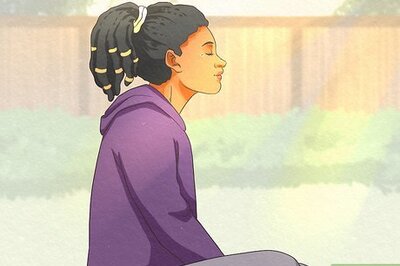
views
New Delhi: It is no secret that the world suffers from acute gender inequalities. Rights of women to study, work and reproduce are obstructed at various junctures and India is one of the prime culprits. The United Nations Population Fund (UNFPA)’s flagship State of the World Population Report 2017 — Worlds Apart: Reproductive Health and Rights in an Age of Inequality, shows the substantial gap in egalitarianism.
Here are a few takeaways:
SUPPORT FOR WOMEN’S EDUCATION BUT NO ACCESS TO JOBS
India followed the global trend in showing substantial support for women’s access to universities but not for access to employment when jobs are scarce. Approximately 55 percent of people who responded to the UNFPA’s survey said they supported access to universities. Only 24-25 percent supported access to jobs when they’re scarce. Globally, Japan showed one of the largest gaps, with 20 percent supporting jobs and almost 80 percent supporting education. Sweden was the best performer, with support for jobs at approximately 95 percent and for education at approximately 98-99 percent.
PERSISTENT SOCIAL INEQUALITIES AND CHILD MARRIAGE
India landed in the middle of an index that determines social and gender inequalities, and rate of child marriages in a country. In India, 27 percent of girls were married under the age of 18, against a global average of 28 percent. The higher the value of a country on the Social Institution and Gender Index (SIGI), from zero to one, the worse they’re doing. India’s value in 2014, was between 0.25 and 0.3, placing it in the ‘median gender difference in region’ category. Very high values are those above 0.35 e.g. Nepal, Afghanistan, Bangladesh and Pakistan. Very low are below 0.04, where South Asian countries are conspicuous by their absence. Bhutan is the best-performing country in this region, just above 0.1.
GLARING WAGE GAPS
India, coupled with Pakistan, showed the largest gender wage gap in the South Asia region in 2016. The ratio of female to male income equality (higher the better) was just above 0.2 for both countries. The best regional performers were Nepal and Bhutan, with a ratio close to 0.6. According to the UNFPA graph measuring 90 countries, the only country to have a worse wage gap than India and Pakistan was Jordan.
NO WOMEN IN WORKSPACES MEANS LOSS OF MONEY
The obstacles hindering women from working are not only social problems but causing India financial losses. The report quotes a 2015 study by the Mckinsey Global Institute, which stated that if women in India were to join the labour force, it would add $700 billion or 1.4 percentage points to the annual GDP by 2025.
GOOD NEWS IS, STRONGER LAWS
The one place India outshone its region was in the parity in family, labour and criminal law. Its legal system came away with only 15 differences between man and woman. Afghanistan, with close to 40 gender-based differences in law, had the most in South Asia. Yemen, Iraq and Jordan had the most globally, above 40, and Spain, with close to 5, had the least.




















Comments
0 comment